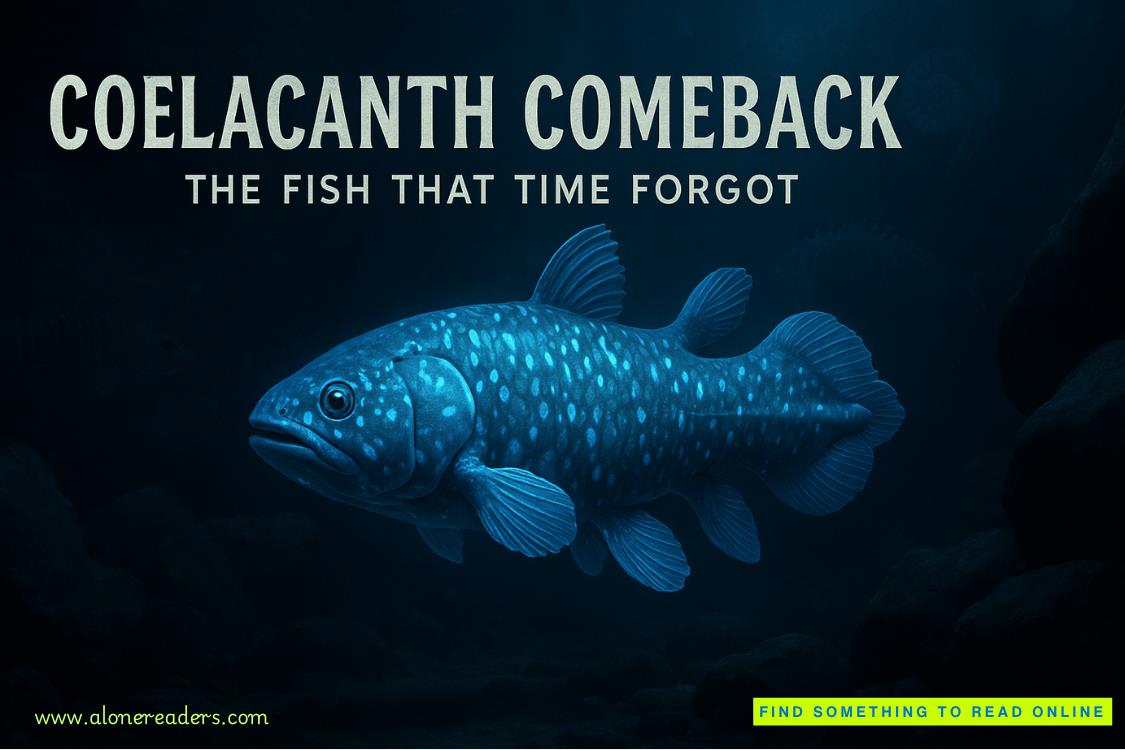Page 29 of Dead Mountain
“How much longer will the cave be roped off and considered a potential crime scene?”
“That’s hard to say. It may be a while.” She hesitated. “It’s a real problem that the media found the location of the cave and tried to gain access. Mr. Tenorio and I were able to turn the first group away, and the FBI is setting up a bigger perimeter, but I imagine others will be back sooner or later.”
“How disturbed were the burials?” asked a council member.
“The main disturbance was the scuffing of one of the skulls and the breaking of the rim of a micaceous pot buried with the remains.” She described how she’d covered the burials with a plywood frame to protect them. “And, as you know, the petroglyphs in the rear of the cave were gouged and scratched.”
Another uncomfortable silence.
“Could there be more burials under the surface?”
“It’s doubtful,” said Nora.
“How about elsewhere in the cave?”
“I would say unlikely. We surveyed the cave quite thoroughly.”
Another hush followed. Then the governor said, “If there aren’t any more questions, we’ve reached the point where we have to make a decision as to whether to move the remains and rebury them here, on Isleta land, or leave them in their original location.”
He turned to Nora and Stan. “Would you mind stepping out? I doubt this will take long.”
Nora and Stan went into the waiting room. Ten minutes later, Tenorio ushered them back in.
The governor spoke. “Due to the profanation of the cave, the vandalism, the presence of what might be murder victims, the publicity, and our inability to protect the location, we’ve decided to disinter the remains and rebury them on Pueblo land.”
Nora inclined her head; she wasn’t the slightest bit surprised. “I think that’s a sensible decision.”
She found the governor looking at her. “According to NAGPRA,” he said, “we need to establish that these are Isleta ancestral remains. Do you believe we’ve done so?”
“Beyond question.”
After a hesitation, he continued. “Would you be willing to disinter the bones on our behalf? Councilman Tenorio will help you make sure it is done properly.”
This surprised Nora, but she quickly recovered. “I’d be honored to help,” she said.
“When can we disinter the remains?” the governor asked.
“I’m not absolutely sure about the protocol,” said Nora, “but at the very least it would mean getting a federal permit, and that would mean interacting with the Forest Service and possibly also the sheriff’s department. Basically, it boils down to a lot of governmental red tape.”
At this the governor smiled broadly. “We at Isleta are no strangers to red tape. Any guess as to how long before we can get clearance?”
Nora hadn’t given the question a lot of consideration, but she knew how long it took to get even the simplest permit from the Forest Service or Department of the Interior. “Returning Kennewick Man to the related tribes took over twenty years. This will be a lot quicker, but I wouldn’t be surprised if we’re talking six months or even a year.”
Nora could see the wheels turning in the governor’s mind. He finally spoke.
“The site has been desecrated. The individuals buried there have had their rest disturbed. They are spiritually suffering.”
Nora inclined her head in agreement.
“We’ve established, with your help, that those remains belong to us under NAGPRA. Do you think it’s just, asking us to remain patient for months or years while our ancestors are in distress?”
“I would say not,” Nora replied. She was acutely aware, from previous experience, just how serious Pueblo Indians were about the spiritual rest of their dead.
“We have no way to protect the cave. Its location is now known, and has—or will—attract substantial public interest. There won’t be any feasible way for us, or you, or even the FBI to protect it night and day.”
Nora nodded.
The governor leaned forward in his chair. “Will you go up there tomorrow and disinter the remains for us?”















